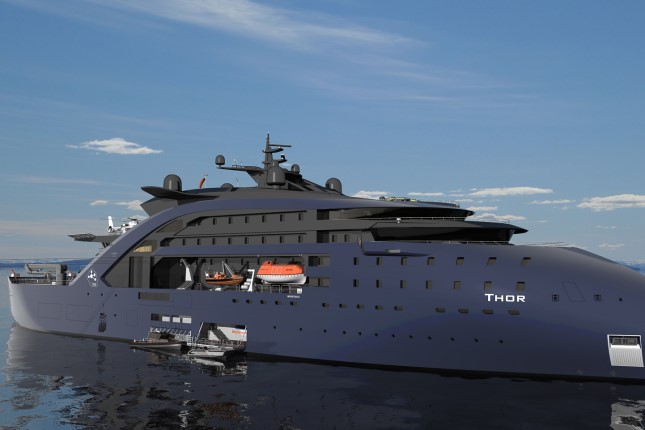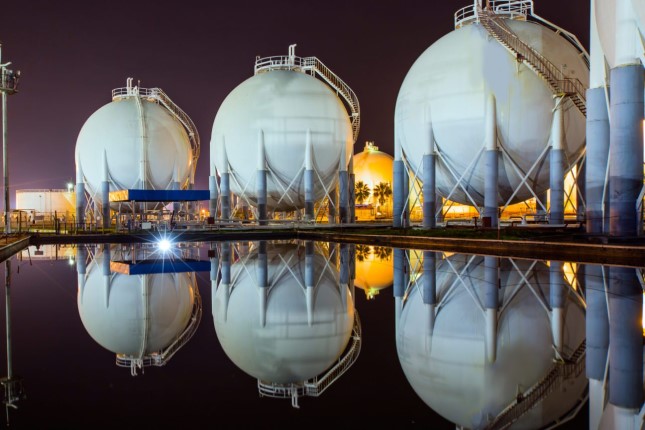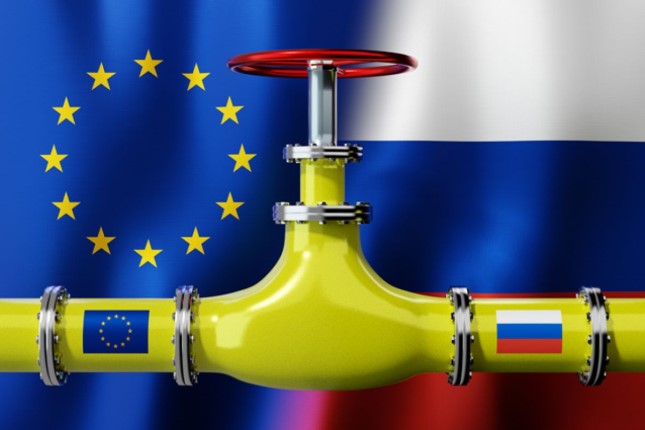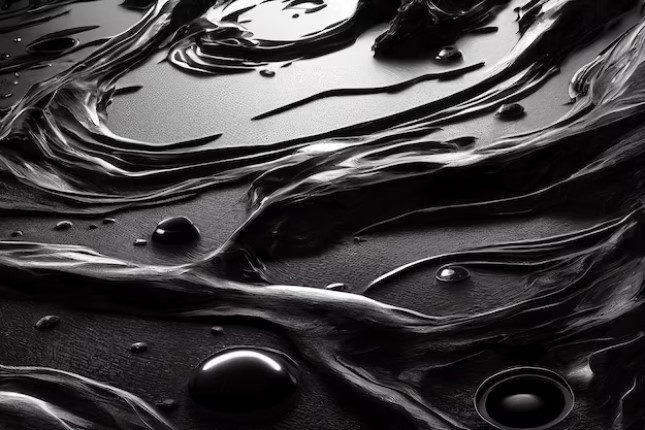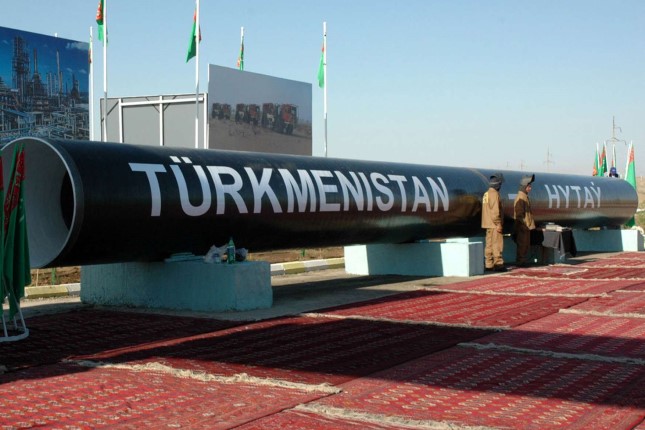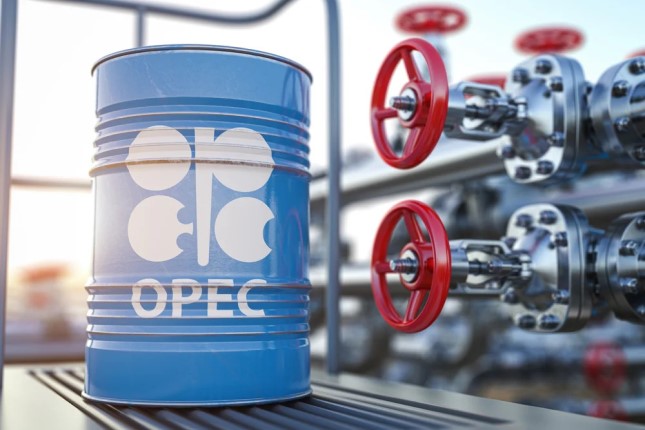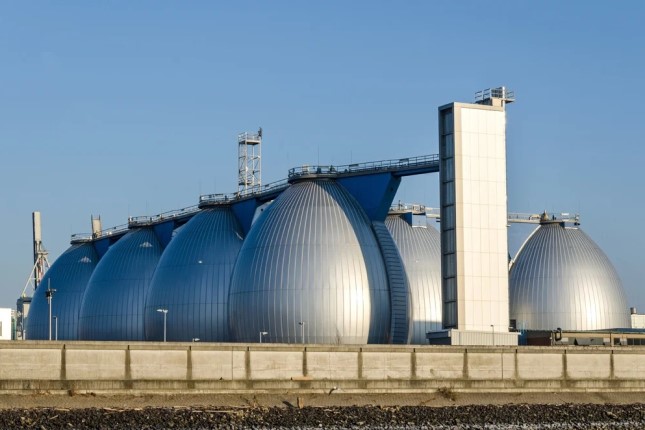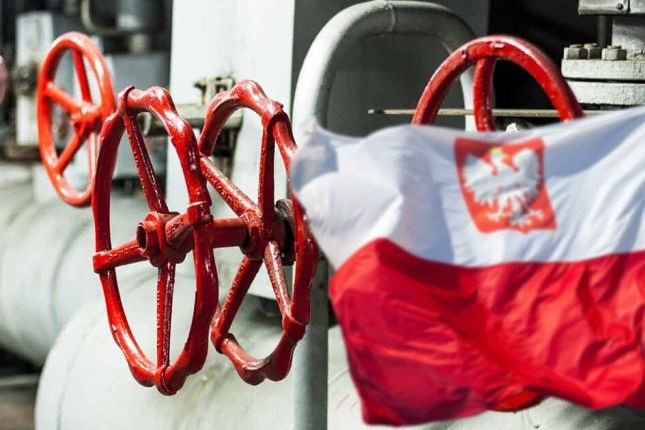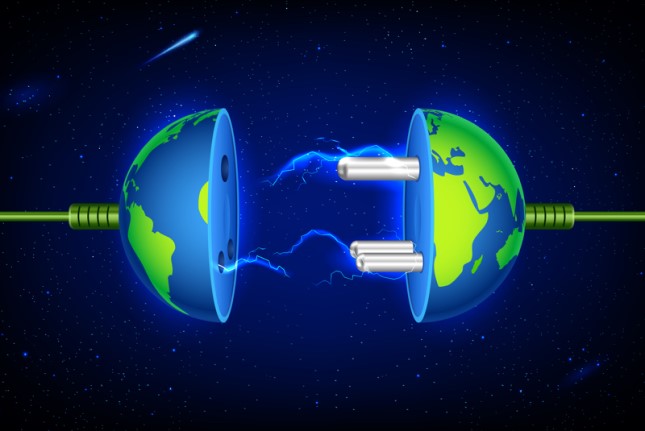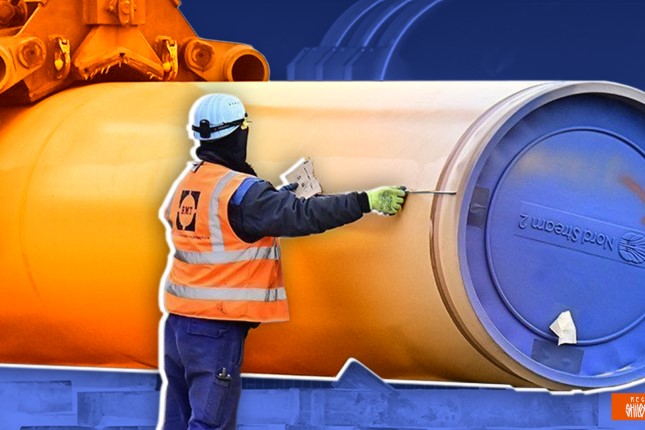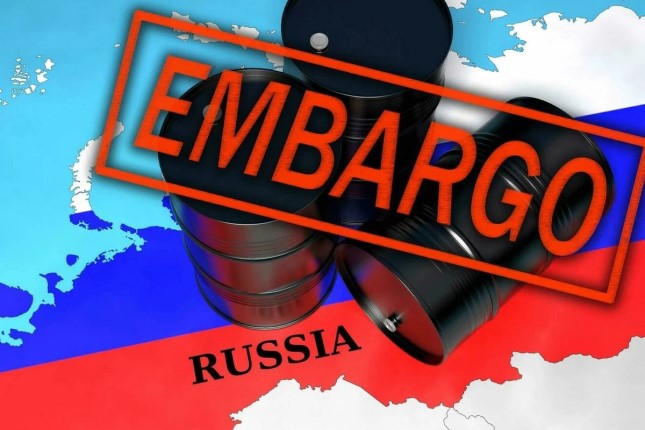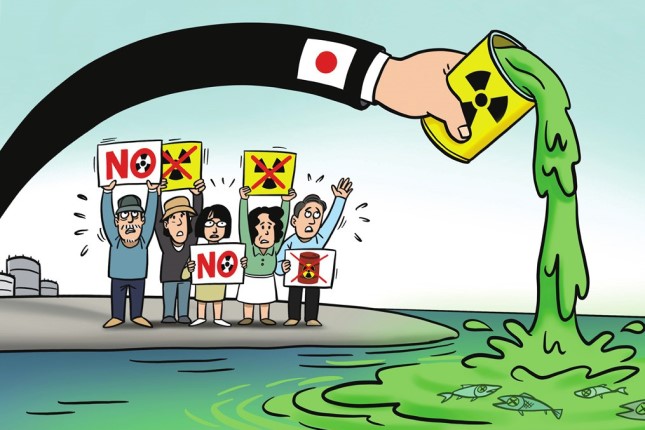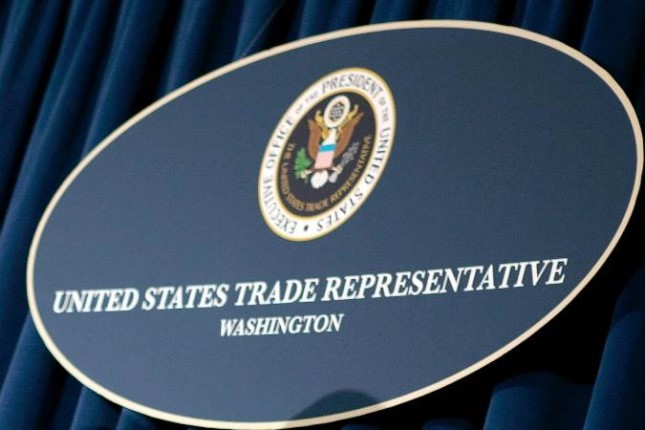There is only one commercial ship in the world today equipped with a nuclear reactor. There's a reason for that: traditional solutions of this sort are cumbersome. The Koreans are planning something completely different: molten salt reactors and other exotic solutions that minimize the risk of nuclear accidents. Would it be possible to decarbonize the global shipping industry "the nuclear way"?
At present 90% of all commercial transport in ton-kilometres (i.e. considering both mass and distance of goods transported) falls on sea transport. It also accounts for over a billion tons of carbon dioxide emissions annually (3% of the total). It appears to be a small share, but the West plans to switch to carbon-free energy by the middle of the century. And by 2050, the commercial fleet's share of CO2 emissions could exceed 10%.
What's essential, the transition to pure electric ships in maritime trade is impossible. The length of the maritime routes is too great, and there are no electric refuelling stations at sea. The necessary amount of batteries for a standard container ship would be comparable in weight to its commercial cargo - but at a much higher price.
Awareness of this fact makes all major shipbuilders nervous, with China, South Korea and Japan leading today. Shipbuilders from Korea (HMM, Sinokor and H-Line Shipping) met with that country's state maritime registry representatives and the Korean Atomic Energy Research Institute. At the meeting, an accord was signed: after the development and construction of demonstration molten salt nuclear reactors, these reactors will be commercialized by being installed on large merchant ships.
Why molten salt?
Molten salt reactors were tested in the US back in the 1960s. Their advantages seem obvious: they are very compact. A traditional nuclear reactor, like the Russian VVER, has walls of 15-20 centimetres of alloy steel. This is because it is cooled by boiling water at a pressure of hundred and fifty atmospheres.
A molten salt reactor operates at atmospheric pressure, so its walls are thin. In the event of an accident involving the destruction of the reactor casing, the salt in which the uranium fuel is dissolved would spill out to the sides. However, the nuclear chain reaction in the reactor goes on only as long as the specific fuel concentration (in kilograms per cubic meter of core volume) is high enough. If the salt spreads out, the chain reaction will stop.
The Chernobyl scenario - rapid overheating of rods containing uranium pellets in the event of a loss of cooling - is ruled out in the liquid-salt reactors the Koreans want to build. After all, there are simply no rods: all of the fuel is dissolved in salt to emphasize the point. There is nothing to melt; everything is liquid as it is. Overheating salt until it evaporates is impossible: its boiling point is too high. The release of hydrogen from the cooling water - the same hydrogen that caused the Chernobyl and Fukushima explosions - is also unrealistic because there is simply no water in the reactor core.
A liquid-salt reactor, therefore, will be much smaller in mass and material intensity per unit of power than the water-water reactors used on Russian and Soviet icebreakers. In addition, their core temperature is usually set above 600 Celsius. This is because the boiling point of liquid salts is much higher than that of water, even if the latter is under high pressure. A higher core temperature also means a higher efficiency of 45-50%, compared to 33-38% for water-water reactors of conventional types.
This results in compactness and low cost, sufficient for merchant shipping. A reactor with the same thermal power and a higher efficiency would have a lower cost per power unit. This means that the operation of such a nuclear-powered vessel would be much cheaper.
The beam in the eye
For all these advantages, the liquid salt solution has at least two drawbacks. First, the heated salts are chemically aggressive. In the USA in the 1960s, this led to the corrosion of tubes communicating with the experimental salt reactor and its shutdown. This problem, however, is not insurmountable: half a century ago, the USA engineers proposed a composition of alloys that would not corrode in such a reactor.
But there is a more weighty second reason. A liquid-salt reactor does not need to be shut down: to remove the decay products of nuclear fuel, the contents of the core are run through filtration systems that retain the necessary elements. This is an advantage, but there is a catch.
Among the products of any reactor, there is plutonium. An ordinary water-cooled reactor (as on Russian icebreakers) produces only so-called "energy" plutonium, that is, plutonium with a lot of plutonium-240. This isotope gives such a strong neutron background that it cannot be used in a nuclear bomb (the device's efficiency would be too low).
But there is a lot of plutonium-240 in the reactor only if the nuclear reaction products are not removed from the core for a long time, continuing to receive neutrons from reactor operation. However, if the reaction products are removed quickly, the resulting mixture will contain mostly plutonium-239. This is an excellent material for a nuclear bomb.
Separating plutonium-239 and plutonium-240 is extremely difficult: the masses of the two isotopes differ too little. Practical technologies for such separation do not exist in the world. Therefore, it is easy to build Russian VVER reactors for export to countries without nuclear weapons: it is difficult to make a bomb with these reactors.
Liquid-salt reactors for the Korean merchant navy look like ready-made means of producing weapons-grade plutonium in commercial quantities. Why doesn't this bother South Korean cargo operators?
It is difficult to get an accurate answer to this question. The most likely reason is that South Korea is tired of watching the DPRK's endless tests of increasingly sophisticated nuclear weapons delivery systems. Seoul may want something similar, too. And plutonium production reactors are the cheapest and easiest way to achieve this - an order of magnitude cheaper and shorter than the means of enriching natural uranium to weapons-grade parameters.
It is doubtful, however, that South Korea's senior partners (Washington) would remain complacent about technology development. And it is not just because South Korea with atomic weapons is a different player than present-day Korea. Just as important is the fact that Korean shipowners move their ships around the world. Somalia, the waters of the Sunda Archipelago, and the Middle East (near Yemen and Iran) are all places where piracy and periodic seizures of foreign ships continue today. A single liquid-salt reactor with a filtration unit can yield in a not very-long time six kilograms of plutonium-239, enough to reach the critical mass in a standard beryllium reflector nuclear warhead.
All this means that, for all the environmental and economic attractiveness of compact and efficient molten salt reactors, their political obstacles will be very serious. Whether Seoul will be able to overcome them is a question only time will answer.
